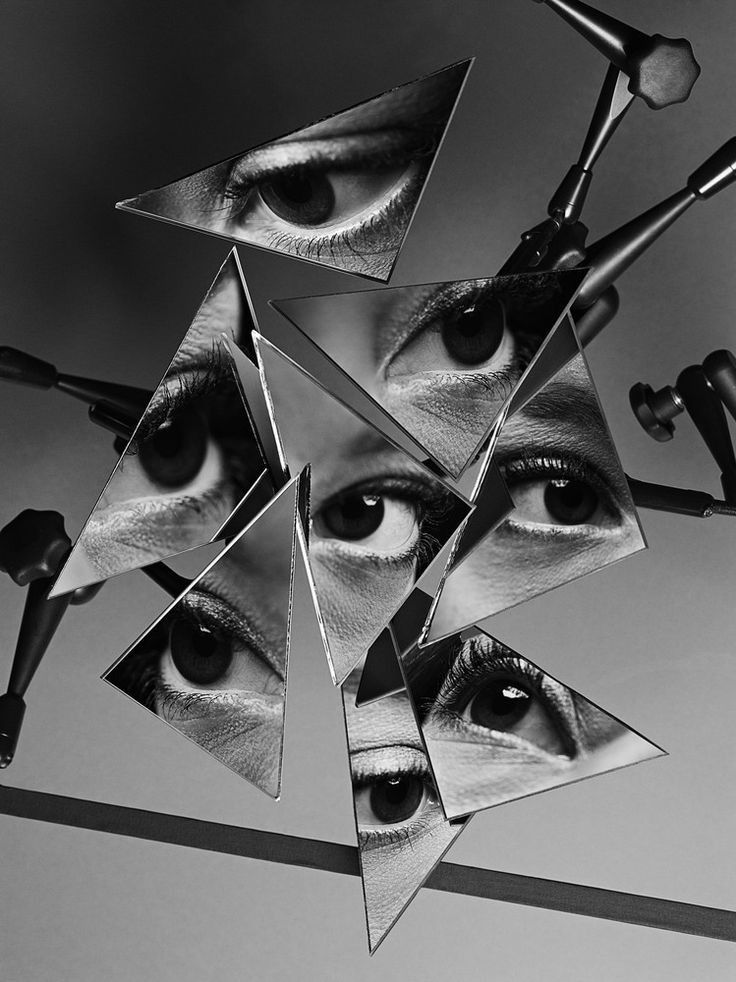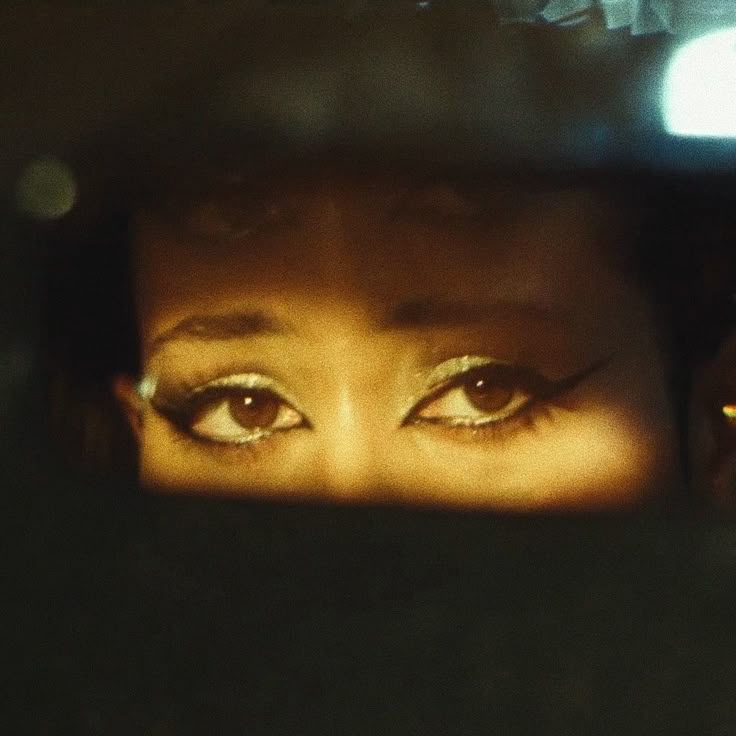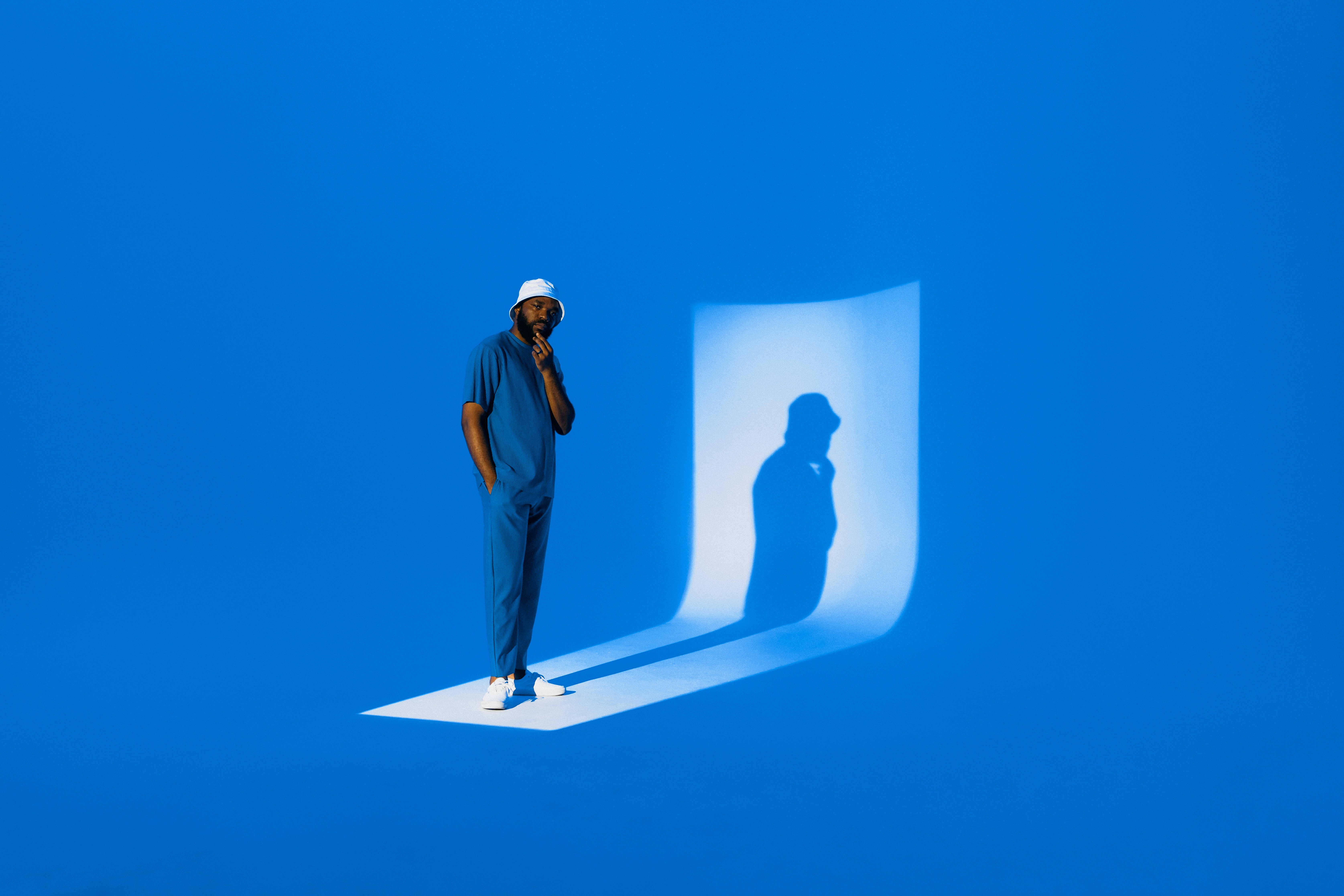Exploring trends in the music video industry

Understanding the industry
Music videos have been a key part in the rise of digital streaming of music for the last decade or so. Pioneering internet producers like Cole Bennett of Lyrical Lemonade (one of the largest online music video platforms) first began to create these pieces as a way to transform a song into a visual medium, capturing audiences and building fanbases beyond streaming. In the past five to seven years especially, the industry of music videos has skyrocketed and has become its own art form. Today, nearly every major artist has a collection of high budget cinematic productions that flow with creativity and showcase the collaborative vision of their team. The style and evolution of music videos has expanded beyond that though, and they are now an accessible and commonly used tool by up and coming artists seeking to create a visual identity for themselves and their music.

Examples of evolving trends
Let’s look at some increasingly popular trends in the industry and how they enhance the viewer experience:
Embracing VFX
The rise of experimental visual effects has opened new doors for music video storytelling. Editors are no longer limited to what was captured on set — they’re creating their own on-screen elements to push the narrative forward. Think cutout effects, glass shattering, zooms into an eye, flashy match cuts, and warped perspectives. These out-of-control After Effects moments immerse viewers in a kind of visual trance. Creators like Noahsocold and other VFX-driven artists demonstrate how handcrafted transitions and motion graphics can transform a simple sequence into an entirely new experience.
CInematic shooting
On the other end of the spectrum, there’s a growing movement toward still, cinematic compositions. Instead of rapid edits and heavy effects, this style emphasizes the frame itself — limiting camera movement to give each shot a sense of weight and depth. Directors lean into angularity, composition, and location to craft their stories, often shooting in vibrant architectural spaces or controlled studio environments. This approach feels more minimal and refined, relying on the director’s planning and eye for detail rather than post-production wizardry. Because these productions often require higher-end cameras and sets, they can demand larger budgets — but the results elevate the music video into something that feels timeless and cinematic.
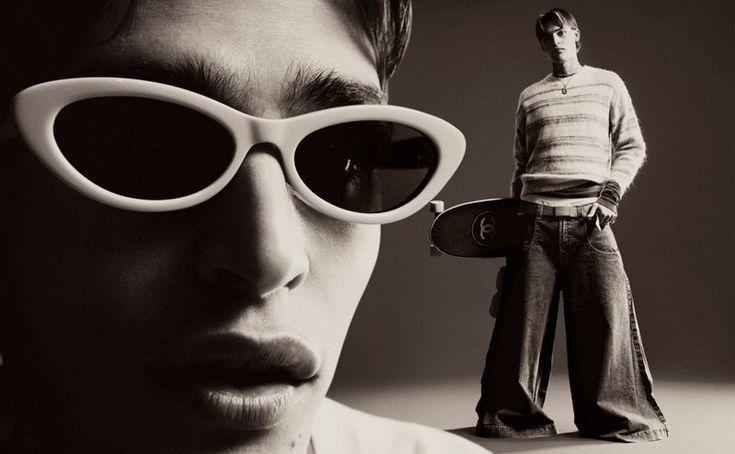
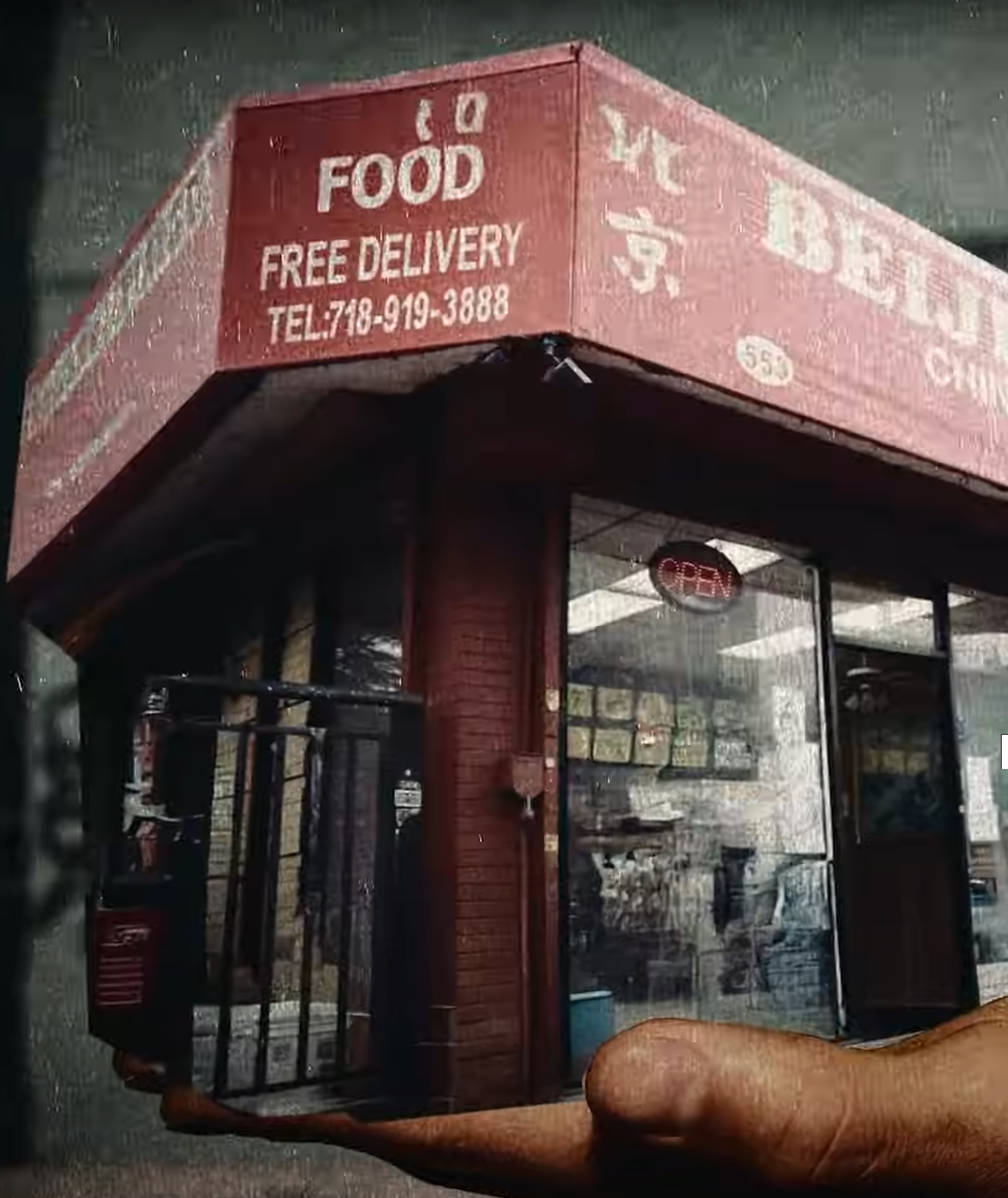
Final Thoughts
Here’s the real beauty of this industry: the big trends are only part of the story. Music videos are full of microtrends — small, fast-moving styles that pop up from niche creators and ripple outward. Maybe it’s a lo-fi camcorder aesthetic, maybe it’s vertical videos tailored for TikTok, maybe it’s a new editing quirk that catches fire for a few months. What’s fascinating is that these shifts come from creators working with all kinds of budgets. Sometimes the most groundbreaking ideas don’t come from a million-dollar set, but from someone experimenting with what they have. Limitations spark creativity, and those experiments often grow into the very trends that shape where the industry heads next.
